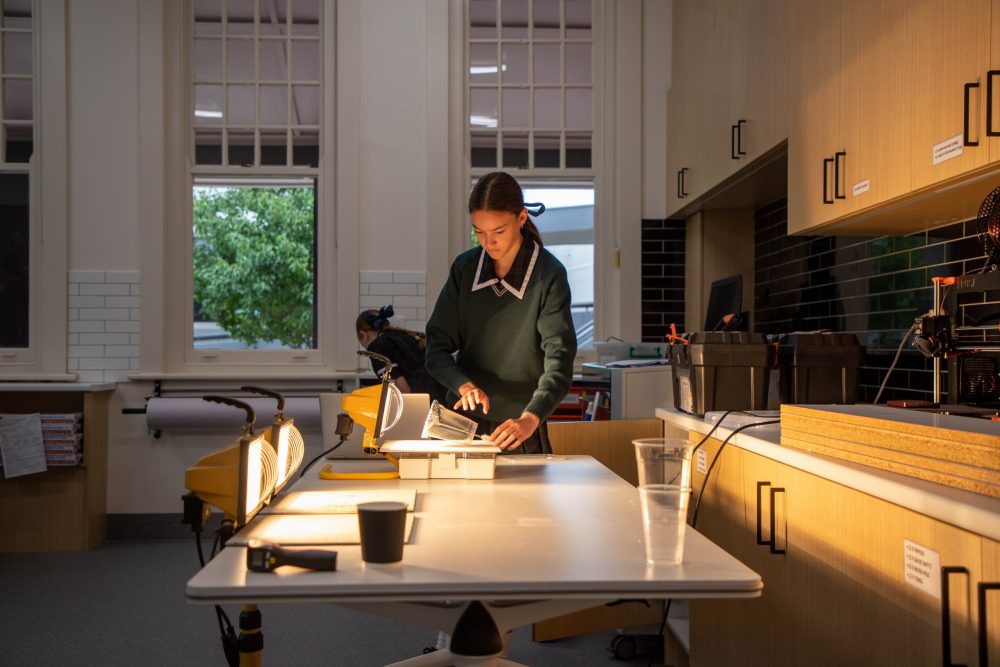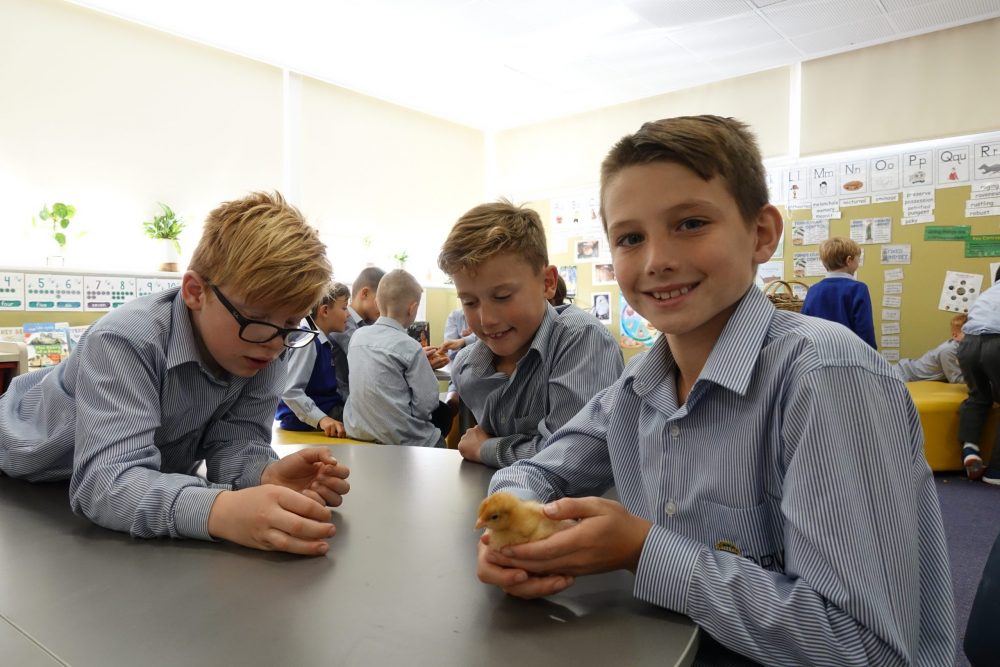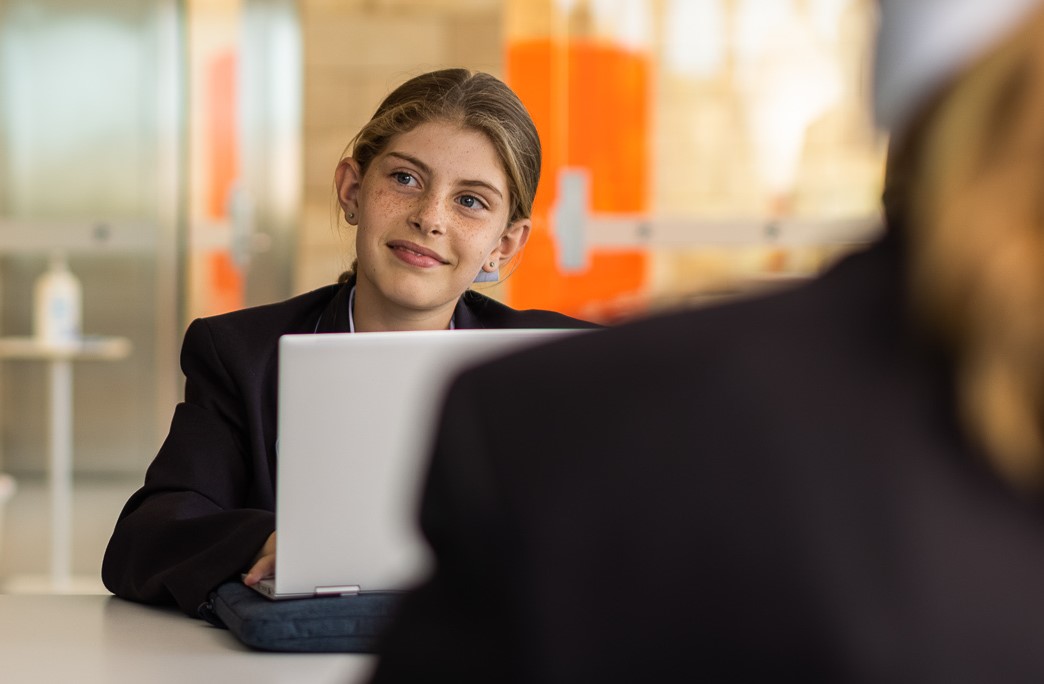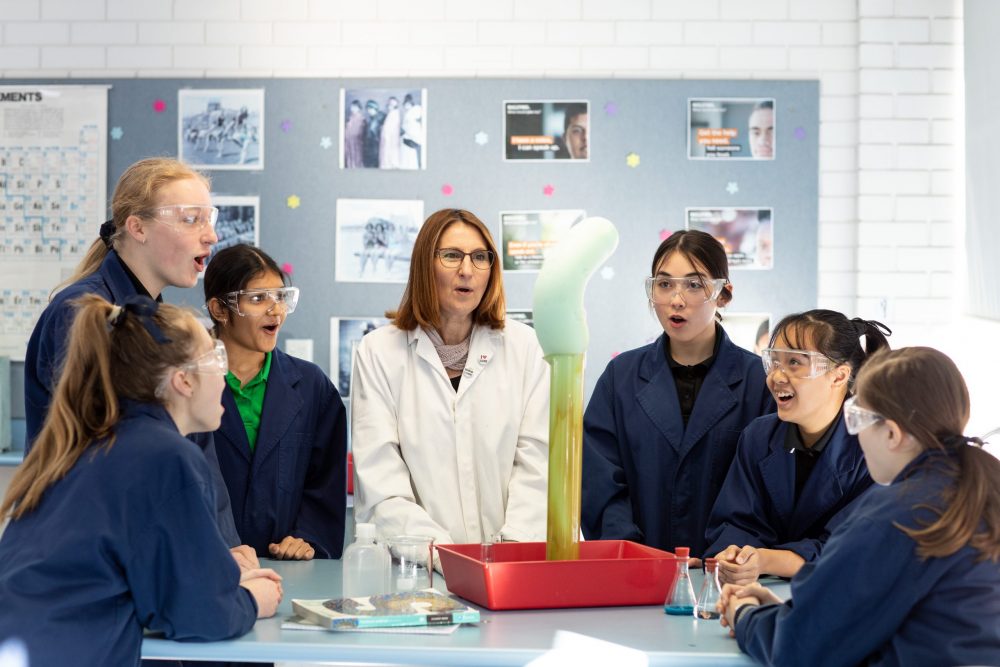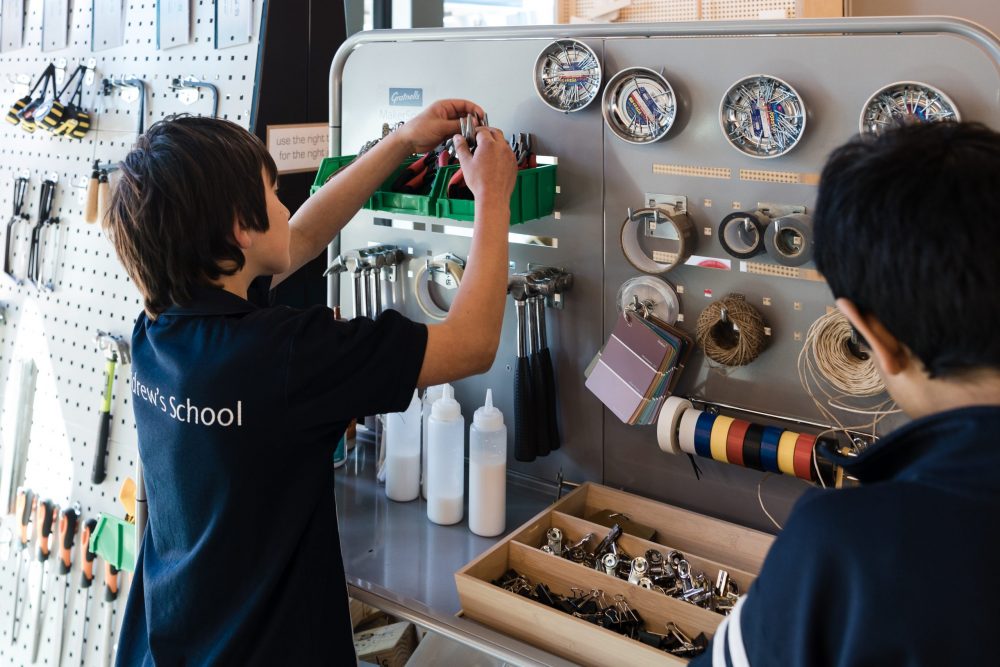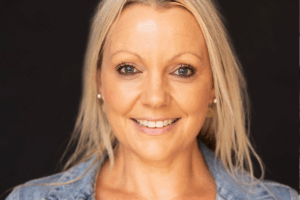Find out how schools across the state are approaching STEM in their classrooms.
St Peter’s Woodlands
STEM opportunities at St Peter’s Woodlands are engaging, relevant, significant and challenging learning experiences.
The St Peter’s Woodlands Year 2 students observed and explored the lifecycle of chickens where they were responsible for taking care of twelve hatchlings.
Situated in the corner of the classroom were twelve eggs nestled in an incubator. Students tended to them daily, ensuring the eggs were kept at the right temperature. When the chicks hatched, it was clear how invested the students were and it was wonderful to see the students put their learnings into real time observations.
Sophie from Glenelg Vet visited to show the Year 2 students how to identify which of our chickens were roosters or hens. The children identified two roosters and 6 hens with the roosters going to live on a farm and our 6 hens now residing in our school chicken run. They provide our canteen with fresh eggs daily.
39 Partridge St, Glenelg
St Mary’s College
St Mary’s College embraces the exploration of Science, Technology, Engineering and Mathematics to encourage young women to pursue studies, careers, and vocations in their chosen STEM fields. The Women in STEM program delivered at St Mary’s is intertwined within all curriculum areas to establish STEM as a core ingredient to students’ development and learning.
Students are offered many STEM experiences, such as programming drones, building and coding robotic cars, creating scaled-down models with a 3D printer, etching designs with a laser cutter, soldering electronic games, and much more. With a newly opened STEM centre, St Mary’s students seek inspiration from the extraordinary female STEM icons that cover the walls, such as Marie Curie, who discovered Radium and Patricia Bath, who invented laser eye surgery.
St Mary’s offers the perfect environment to support budding entrepreneurs, scientists, and engineers. Led by an enthusiastic team, steadily introducing more innovative ways to conduct practices in STEM, their program aims to develop and foster passion in STEM through scientific experimentation, guest speakers, forums and more.
253 Franklin Street, Adelaide
stmarys.sa.edu.au
Wilderness School
Technology education at Wilderness School is taking a new and innovative approach to teaching Year 7 students about the future of food security. Using CoSpaces EDU, VR technology and a project developed by Lumination, students are able to fully immerse themselves in the topic by creating and coding virtual “Future Farms.”
In these virtual environments, students learn about the importance of autonomous farm machinery, vertical farming, climate-controlled greenhouses, and even the potential for incorporating edible insects into our diets. These interactive experiences allow students to explore and understand the challenges and solutions surrounding food security in a hands-on and engaging way.
Using cutting-edge technology, Wilderness School is helping to prepare its students for the future by providing a comprehensive and interactive education on this important topic. By learning about the various technologies and practices that will play a key role in the future of agriculture, students are able to develop a deeper understanding of the challenges facing our food systems and the steps we can take to address them.
30 Hawkers Road, Medindie
wilderness.com.au
St Dominic’s Priory
For 140 years, St Dominic’s Priory College has been guided by the pioneering vision of its foundress to provide an excellent standard of education to the young women of tomorrow.
As a Transition to Year 12 school, the College leverages its city fringe location and single-campus construct to tailor curriculum extension experiences that are progressive, robust and interconnected; our girls get to step into a laboratory early – whether onsite designing and creating CO2 powered dragsters, coding and using CAD software or via activities offered by tertiary providers nearby such as Adelaide University’s Ingenuity STEM project.
Empowered by the freedoms and opportunities of learning in an all-girls environment, our students consistently perform well in STEM. From Year 12 Merits in the Sciences, Maths and Technologies subjects each year; to competing in the state and national finals of Engineering and Chemistry events; to applying and being selected for the likes of Space Camp and the National Youth Science Forum… our girls are boundaryless as they pursue their interests in traditionally male-dominated fields.
139 Molesworth St, North Adelaide
stdominics.sa.edu.au
St Andrew’s School
Many children entering primary school today will end up working in a job that doesn’t yet exist. With this in mind, St Andrew’s School designed a new two-storey future focussed facility, Tarrkarri, featuring flexible learning spaces, including a dedicated STEM centre, known as The Collaboratory, to better equip children with the tools needed for a successful future tomorrow.
This state of the art, student centred learning environment, offers children from ELC through to Year 6, the opportunity to innovate, collaborate, design and manage projects based on real world problems. From spheros, robotics, drones, 3D printers and more, The Collaboratory provides a hands-on, inquiry-based approach to learning, allowing children to develop key skills in critical thinking and problem-solving.
22 Smith Street, Walkerville
standrews.sa.edu.au
Seymour College
Seymour College knows how to intrinsically engage their students in STEM. In 2016 in HBR, Silbey explained that women “want to be socially responsible, solv[ing] major problems and making a difference…” Seymour harnesses this across the STEM curriculum.
Year 7s created models after learning about the Parker Solar Probe. Using household materials, students emulated the probe’s heat-shield, designed to reflect heat and light and keep the internal electronics cool. Floodlights represented the sun and students tested their heat-shields using real-time Pasco Temperature Probes.
Year 5 students participated in the STEM program at the Adelaide 500, taking part in simulator and pit stop challenges, opening their minds to the motorsport industry.
Seymour’s Junior Years ‘See More News’ team presented at the student lead Didgi Do conference depicting the behind the scenes work they do filming with drones, editing and producing weekly news reels for their school community.
546 Portrush Rd, Glen Osmond
seymour.sa.edu.au
Endeavour College
At Endeavour College the ever-developing Innovation Zone is a supported space where students can work at any time on their coursework or on personal ideas. Students are encouraged to use a design thinking approach to consider innovative ways to solve some of the problems they find. It’s basically a place where STEM comes to life.
For example, Year 8 Science classes take their learning about Energy to the next level to prototype, test, and re-test their hypotheses on what is the best windmill blade shape to maximise energy production. Students discuss what they know of energy and forces and the factors that will impact the energy production of windmill blades then go about designing their optimum blade using CAD design and laser cutters, then test and analyse the impact of the variables. Most importantly, they then readjust their thinking, re-design, re-cut, and then re-test until they have reached what they consider to be the most effective blade shape.
85 Mawson Lakes Blvd, Mawson Lakes
endeavour.edu.au
Follow KIDDO on Instagram and Facebook, and subscribe to our weekly newsletter
